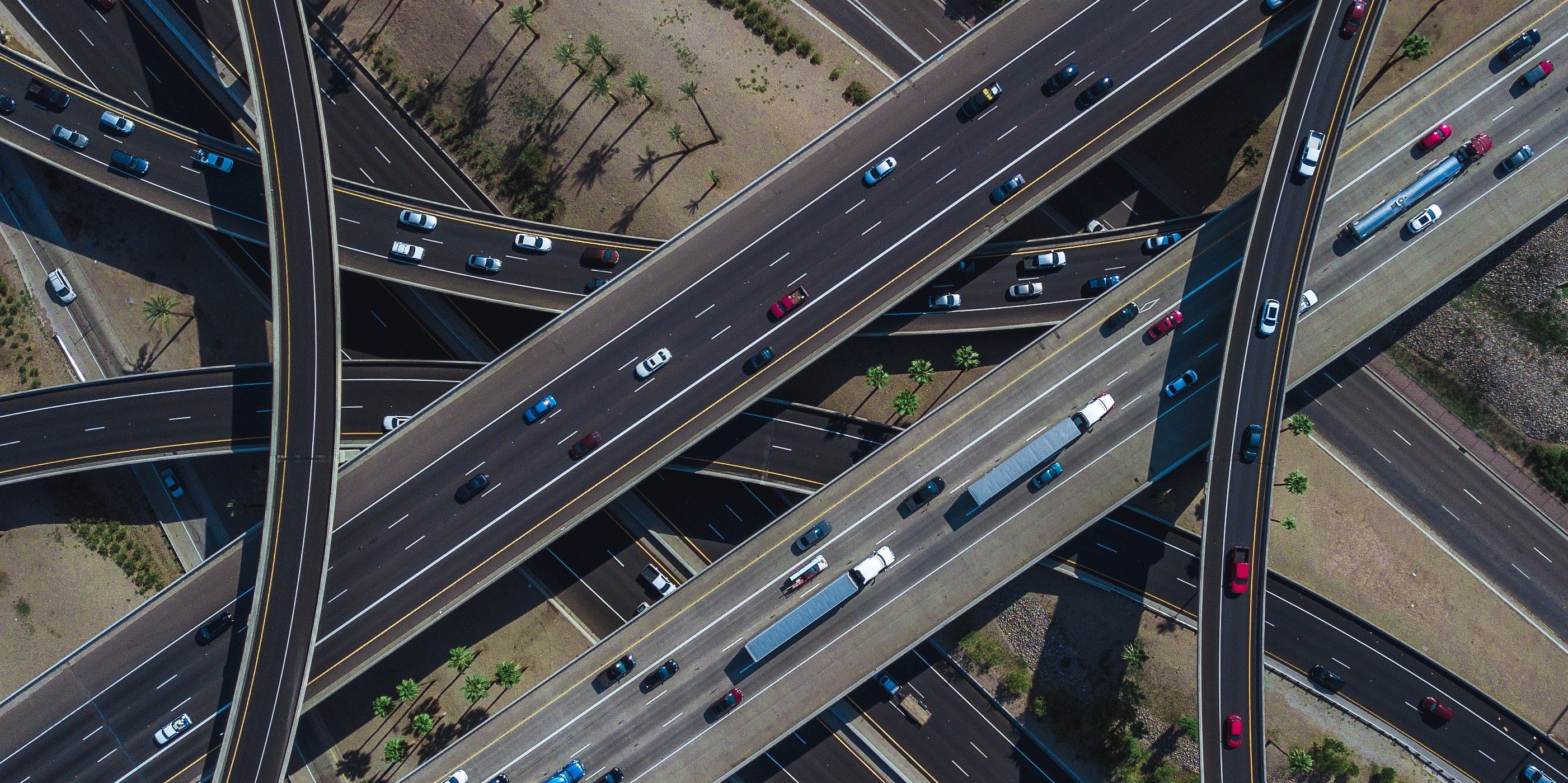
Urban Data Infrastructure
Urban data infrastructure is what enables all the processing related to urban data, including its collection, transmission, maintenance, distribution, and (re)use. Like other infrastructure, it is characterized by relatively high investment costs. However, it also has a long useful life and low marginal costs when data is used several times.
Urban data infrastructure includes both the technical hardware for generating, transmitting and storing data (e.g. sensors, networks, connectivity, cloud storage, etc.) and the software needed to prepare, process and apply data (e.g. ETL tools, analysis tools, geodata portals, IoT platforms, specialized software for planning and approval processes, etc.). Understood holistically, intangible components such as policies or laws can also be counted as types of urban data infrastructure (cf. OpenDataCharta.org, 2021).
Open urban data platforms (OUP) are increasingly understood as a core element of urban data infrastructure. This is because urban data platforms provide two critical services:
1) urban data platforms play a structuring role in the interdisciplinary use of data in cities (by citizens, public authorities, businesses, etc.)
2) technically speaking, an OUP focuses on collecting, aggregating, and distributing data from a wide variety of data sources (sensors, citizens, private and public registers, etc.). This trend was confirmed in a 2020 EU-wide study on urban data platforms, where 50% of cities surveyed said they consider urban data platforms to be critical infrastructure when justifying investments.
